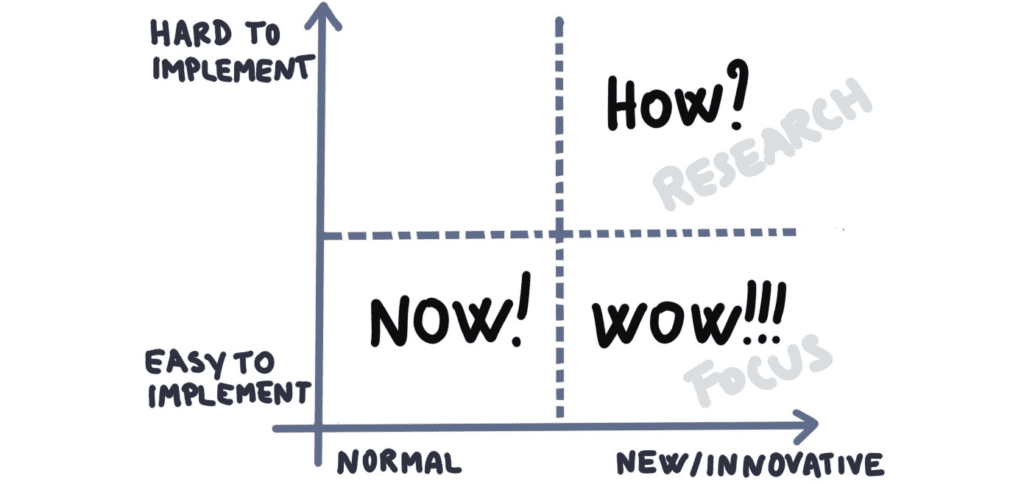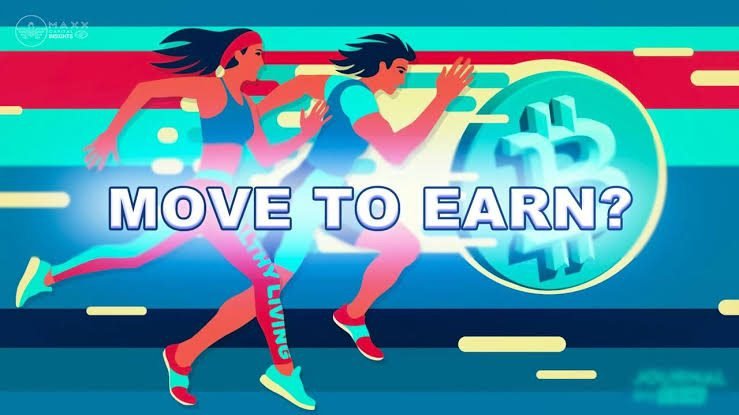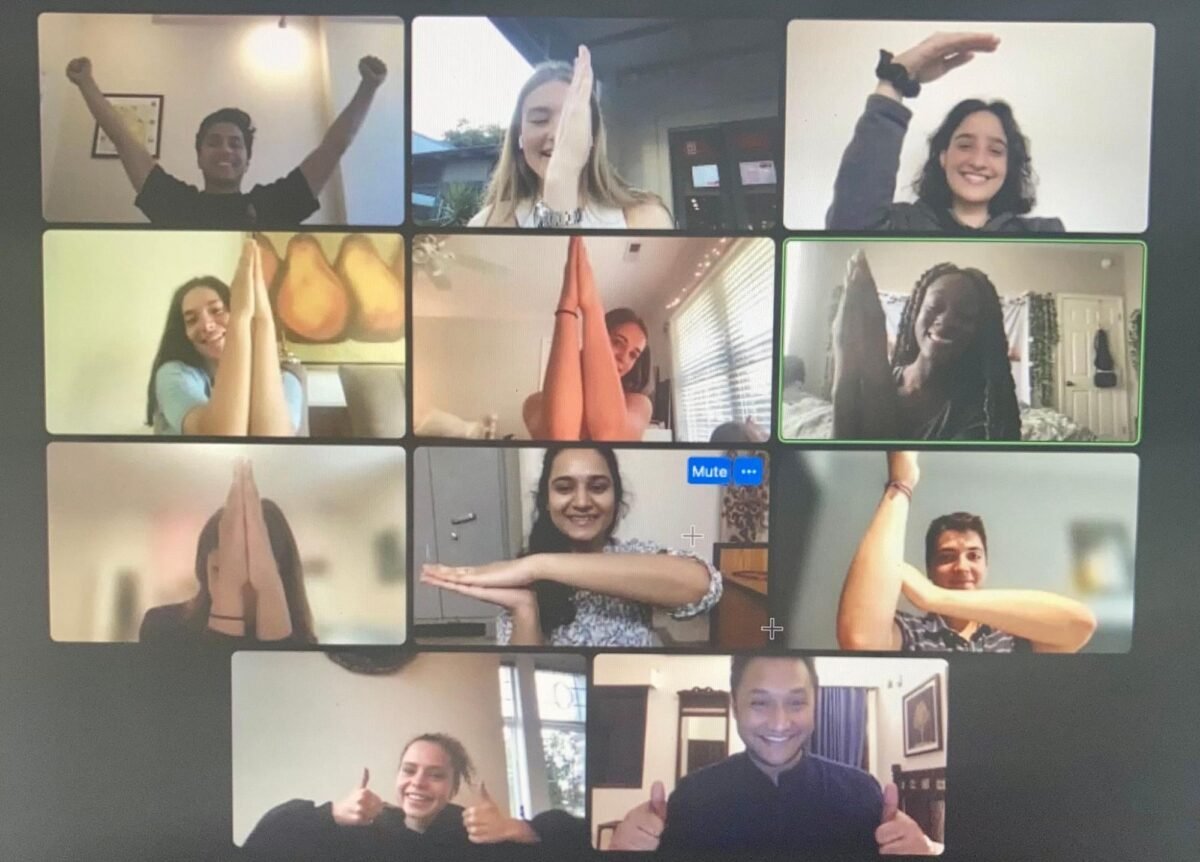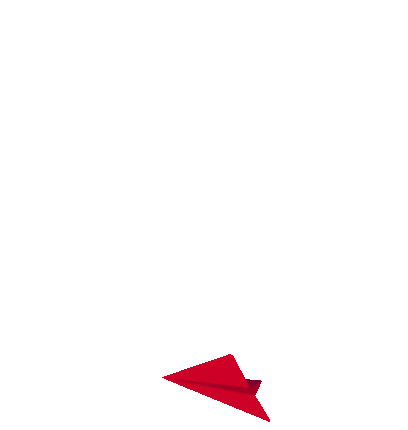blog | 7min Read
Published on July 22, 2022
3(+1) Tricks to Get Rid of Creative Blocks

Creative blocks are frustrating. You feel desperate to ideate, design, build something; and yet, the muse continuously eludes you. Sometimes, you can see the entire plan in your mind but your hands just won’t move in the correct ways. Trying to create anything while stuck in the mires of a creative block always feels like repeatedly banging your head against a wall but making no headway whatsoever. The entire creative process then becomes an exercise in futility, and almost always feels like a waste of precious resources of time and energy. For students and industry professionals alike, it is hence crucial to understand why they are unable to access their creativity, and what they can do to remove those obstructions.
Scrambled Eggs: A Study in Creative Thinking
It’s an oft-repeated story: The melody to Paul McCartney’s classic song, “Yesterday” came to him in a dream. He woke up, harried, unsure of where—and if—he had ever heard this tune before but certain that he needed to write this down. Grabbing a pen and paper, he jotted down the notes from his dreams, and as placeholders for the now-iconic lyrics of “Yesterday” he wrote: “Scrambled eggs, Oh you’ve got such lovely legs, Scrambled eggs. Oh, my baby, how I love your legs.”
https://www.youtube.com/watch?v=wXTJBr9tt8Q [Yesterday (With Spoken Word Intro / Live From Studio 50, New York City / 1965)]
The creative development of “Yesterday’s” lyrics from “Scrambled eggs, Oh you’ve got such lovely legs” to “Yesterday, All my troubles seemed so far away” is a study in the human efforts and tenacity necessary in any creative endeavor. McCartney, unable to come up with the suitable and perfect lyrics to his melody could have sat stuck in his bedroom, neither jotting down any lyrics nor this beautiful melody. He, however, acted differently. He chose to build with the resources he had at hand, at that moment and put a pin in the part of the process he was incapable of tackling then.
Why Do Creative Blocks Occur?
The root cause of almost every kind of creative block out there is a lack of patience and enough time. Creativity needs time to breathe and bloom. If you are trying to create something while you are stressed about personal issues, anxious about criticism, or already feeling overwhelmed and burnt out, you will inevitably fail. You will try to tackle multiple elements at once; unable to concentrate and give any of them adequate time and space. Creative projects need space and time to evolve and develop in your mind — remember: it is not the rule but the exception when you are able to deliver a finished creative project, top to bottom furnished, in one single go. Those kinds of sprints are miraculous; and more often than not a lofty standard.
While creating, it is important to center yourself and know that you are capable of ideating and executing your designs. It can feel frustrating to be unable to come up with the perfect idea in the exact moment; but you need to remind yourself that just because you are not able to think of the perfect idea in that moment does not mean that you are not able to think of any ideas. Scrambled eggs: placeholders are your best friends. Use them. You can always come back to your design later — carve out time from your daily schedule to sit down with yourself, and recuperate. Take a walk, watch a film, have a hot cup of tea — do something that makes you feel more in touch with yourself.
Tips & Tricks
Sometimes, however, a lack of patience cannot be cured by a simple—though undeniably delicious—hot cup of tea. Sometimes, the issue runs deeper, and requires more time and self analysis to be unknotted. Besides patience and placeholders, here are few more long-term tricks and tips you can try to get rid of your creative blocks:
1. Expand Your Imagination
You can often feel unable to access your creative energy because you are stuck in a rut. You meet the same kinds of people every day, engage with the same old ideas, and dance with the same rusted perspectives. In this case, you need adventure. You need a splash of imagination to break yourself out of the cycle of rut you are stuck in. Here, while creating then, you need to question your assumptions. Ask yourself, “What if…?” What if I tried to write this essay by opening with a song lyric instead of a quote? What if I tried to design this comic strip using only two colors instead of eight? What if…? Allow yourself the freedom to experiment, and see the magic happen.
To efficiently use the ‘What if…?’ tool, you should also set yourself a time limit. A cool trick I learned during the Big Red Education’s Harvard Youth Lead The Change conference this summer was to give yourself a prompt, set your timer to thirty (30) seconds, and write down whatever ideas and designs that pop in your head. I have found that the constrained time limit alongside an absurd prompt really gets the adrenaline going; leading me to come up with many out-of-the-box ideas I was unable to even fathom while stuck in a creative rut.
2. Organization
The issue sometimes is not that you do not have any ideas; but that you have too many of them and zero knowledge of how to begin sorting through them all. This can overwhelm you. In this event, you need organizational tools to facilitate yourself and better understand and plan out your creative process. To do this, you can try many different tools like Pros/Cons list, Highlighting Notes, etc. My personal favorite is a matrix I was introduced to by Kriti Thakur, a mentor at Big Red Education’s Ivy Early Entrepreneur program this summer: the Now, Wow, How, Ciao matrix.

The Now, Wow, How, Ciao matrix offers a fun and effective way to organize your ideas. In the ‘Now’ column you put down the ideas which you have already used before and can implement again easily. In the ‘Wow’ column, jot down the ideas which are easily implementable but haven’t been tried before by you. In the ‘How’ column go the ideas which are really cool and innovative, but also require some research on your part to fully figure out how to execute. And in the ‘Ciao’ column sit the ideas which are quite basic and yet, very tedious and hard to implement; a waste of your resources.
The next time you feel stuck and overwhelmed with too many ideas, design options, etc. I would definitely recommend that you try out this matrix, and see how it goes!
3. Routine, Commitment, and Faulty Work Habits
Creative blocks can also be triggered by long-time fault lines like disorganized routines, low commitment, or faulty work habits which do not work for you. In all these cases, the problem runs much deeper than immediate stressors and requires a substantial amount of analysis to discern and rectify. Sometimes, the issue is too much work and a lack of adequate understanding about how to tackle it all. You can spend entire days trying to ideate and create; but all your efforts will inevitably fall through if you are unable to get rid of thoughts about all the other work that you are still left to do, and all the other tasks that are still sitting on your plate. This can cause overwhelming stress, leading to long stretches of time in which you find yourself with zero energy and commitment to work on anything at all.
What you need, here, is a change of pace. Upend your regular routine, and sit with yourself to figure out where the problem lies. Perhaps, you require not two but three days to finish one essay. Perhaps, you ideate better in the evenings and execute better in the mornings instead of what you originally were trying to do — ideation in the mornings and execution in the evenings. Perhaps, you unfailingly need to take a walk or meditate on days when you have to strategize about your projects’ ideas or write that important speech. The problem is not only that you are going about your process in the wrong way; the problem is primarily that you do not have any idea what you are doing wrong. Stop, take a deep breath, and look at your routine. Figure out what needs fixing; and you will definitely see the change reflected in your work.
Long-Term Effects of Creative Blocks
A creative block is a temporary setback but can unfailingly cause long-lasting feelings of self-doubt and worthlessness. Repeatedly passing it off as a one-time event and choosing to ignore its cause can be extremely detrimental to your professional development, and consequently, your mental, emotional and physical health. The negative feelings caused by creative blocks can fester and quickly turn toxic; encouraging its subjects to turn to harmful indulgences like smoking, alcohol, drugs, etc. to deal with them, on a day-to-day basis.
Whenever you find yourself stuck in a creative rut, do not ignore it. Make time for yourself and figure out why you are unable to access your creative energy; and go about the required steps to fix the fault. If you find yourself unable to fully understand why you are feeling this way, do not hesitate to approach a mental health professional and seek their help. For students and professionals alike, a creative block can drastically affect their work, resulting in repeatedly missed deadlines, low-quality outputs, etc.; all of which inevitably affects the subjects’ health detrimentally.
Always, the best trick to get rid of creative blocks is to just create. Scribble on your design board, jot down paragraphs of meandering, tangential ideas — but create. The primary reason we get stuck in creative blocks is not because we do not have any ideas, but because we keep seeking perfect ideas and in their pursuit, stop creating altogether.
Just create. The rest will follow.























